Slanted FlyingJournal of Tai Chi Chuan
Training
A Jazz Approach to Taijiquan
Weapon types typically bring different emphases to how the form is performed. One weapon may require weighted pivots, or without shifting one’s weight off of the leg (“emptying” the leg), before stepping; another may emphasize evasive footwork; others may require both hands to hold the weapon and thus link both sides of the body in contrast to double weapons (one in each hand) which require a greater amount of independence for each arm.
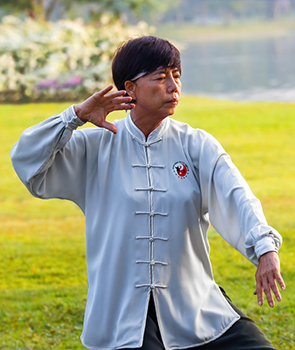
It’s not that one way would be right and another is wrong, it’s that different emphases are appropriate for different circumstances. This includes differences in practitioners’ builds (taller/shorter, slim/stocky, long or short limbed in proportion compared to the torso, male/female, etc.) and other physical characteristics like agility, flexibility, athleticism, etc. Genetic factors can vary practitioners’ physical traits as well as personalities. For example, an aggressive or extroverted practitioner would likely express Taijiquan differently than a more passive or introverted personality.
The flavor that a practitioner exhibits would also vary with their background of other martial arts studied (striking, grappling/wrestling, “internal” or “external”, etc.) or personal preferences (getting close or keeping one’s distance, compact or stretched out, striking vs. throwing vs. locking/breaking, etc.). It was not unusual for practitioners in the past to take up Taijiquan after having studied other martial arts, especially after they began to experience the effects of aging, and this past experience would affect the flavor of their practice.
If a practitioner only knows one version of a form, and they try to strictly adhere to some “standard” for that school, then they could easily miss valid variations that are also correct for that style. Some Taijiquan schools practice the form in mirror image. Some schools introduce various animal flavors to how they practice their form in order to vary the quality of their practice. Some schools teach students how to practice the solo form in a small space by adjusting their stepping. These could be considered as being examples of jazz approaches to practicing Taijiquan.
Solo forms are often practiced while imagining an opponent, typically with the same build as the practitioner. One could instead imagine opponents of varying builds when practicing their solo form in order to simulate various potential opponents that they could face. This would vary one’s form slightly with each different imagined opponent – a jazz approach to practicing the solo form.
Practitioners could also vary such factors as the speed that the form is performed, the heights of the stances, big or small frame (or something in-between), where fajin (發勁 issued energy) is expressed if included in one’s style, emphasizing solid stability (emphasizing rooting) or lightness and mobility (emphasizing suspension of the crown of the head; or stepping like there is someone sleeping in the room that you do not want to wake up), etc.
While I am not advocating an “anything goes” approach to Taijiquan practice, I do want to avoid the practice becoming ritualized. Those who only practice solo forms may be more susceptible to their forms becoming rituals, and if these ritualistic practices are separated from everyday life, then they may no longer be as useful, especially when interacting with another person. What I am suggesting is improvisation, like in jazz, while still playing the song, rather than making the form unrecognizable (no longer playing the song).
Learning movement patterns by rote muscle memory departs from many of the benefits of Taijiquan practice. Practitioners may lose the mental stimulation, concentration and focus that they could otherwise receive (i.e., the “meditation in motion” aspects of this art). Ritualistic practice may disregard important aspects like attention and intention, so we want to avoid simply “going through the motions.”
In jazz ensembles, the various musicians are constantly aware of what the others are doing, and each adjusts what they do depending on what the group as a whole expresses. In Taijiquan, we want to expand our awareness and avoid zoning/spacing out, losing one’s sense of time, etc. Our awareness should be active, but like a broad frequency receiver capable of sensing signals from many directions, intensities, frequencies. We want to be aware of as much as possible in our environment rather than tuning them out.
Attention consists of receiving signals from our environment, as well as from within our own bodies, i.e., utilizing the autonomic or sensory nervous system. Intention uses the somatic nervous system to impel voluntary movements. We want the intention to be purposeful rather than being empty, and the numerous suggestions for varying one’s practice in the jazz approach to Taijiquan utilize variations on one’s intentions.
Without intention, practitioners may have less focus, and less energy mobilization, than when, for example, imagining applications against an opponent while practicing a solo forms. Practitioners should have the intent of applying techniques, even when a form is being performed slowly and gently. Intent helps “prime” the nerves for actions, even when strong force is not being expressed. Our intent can suppress instinctive responses and replace them with intentional, but no less rapid, responses – directed responses using purposeful actions with the speed of raw reactions.
The rapid directed responses are possible because we have already “primed” the nerves for action through our practicing with intent. We no longer need to pass through a stage where the mind has to think about doing something – we just do it. But this freedom of response needs preparation, like a jazz musician who practices their craft, who can just intend to play something and it happens instantly and precisely, without having to think about what would need to be done to produce the desired music.
Some skill (and experience/knowledge) is needed in order to add one’s own flavor to their form while avoiding deviating from the style’s principles. Even if a practitioner views their form like a perfect circle that is diminished if distorted, a perfect circle can still be changed by the thickness of the outer line, its size, line color, interior or exterior colors, etc. Even with the variations, the circle is still a circle! Learn the song, and then make that song your own!



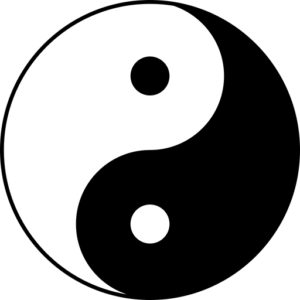
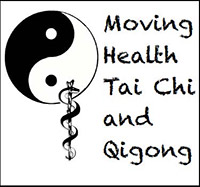
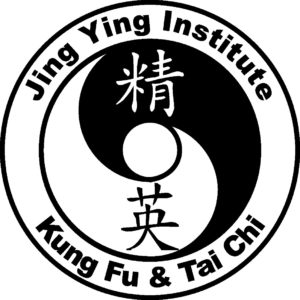
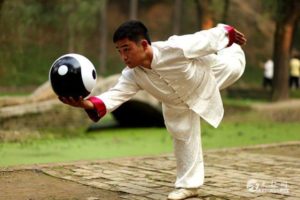







Love this quote, “from one example a practitioner should extrapolate to a thousand different applications of a technique”.
Great article!
In my daily practice, I usually do 5 complete reps (24 move sequence). There could be thousands of ways but I found 6 rough categories.
student – do the basic steps and trying to match the master
monkey – play with the motion, experiment
tiger – move aggressively – isometric tension
seagull – float or coast on the feeling that is left after tiger (like the floating feeling after dropping a heavy back-pack)
old man – do it slowly like its your last time, ever, savor the move
bug on the wall – practice the moves in your mind without moving
There’s a power curve across these, much like a car engine has top-dead-center and timing advanced. Applying power before the TDC or after is the same for muscles or pistons.